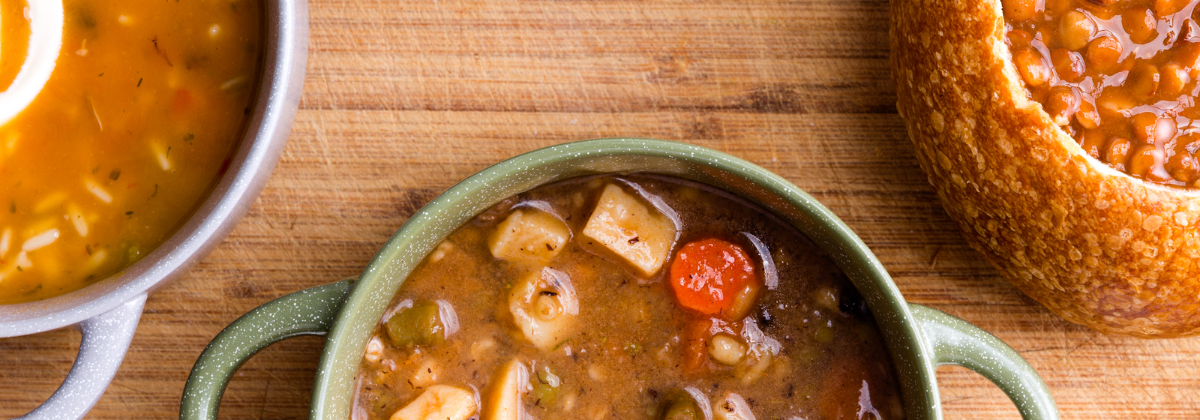Soup. From old to new, this dish has served millions with its various delicious flavors. But did you know your favorite types of soups have some interesting facts about them? From some classic soups and side parings to the history behind them, there’s always something interesting about the flavor journey they went through. Jump into several amazing facts about different soups from across the world!
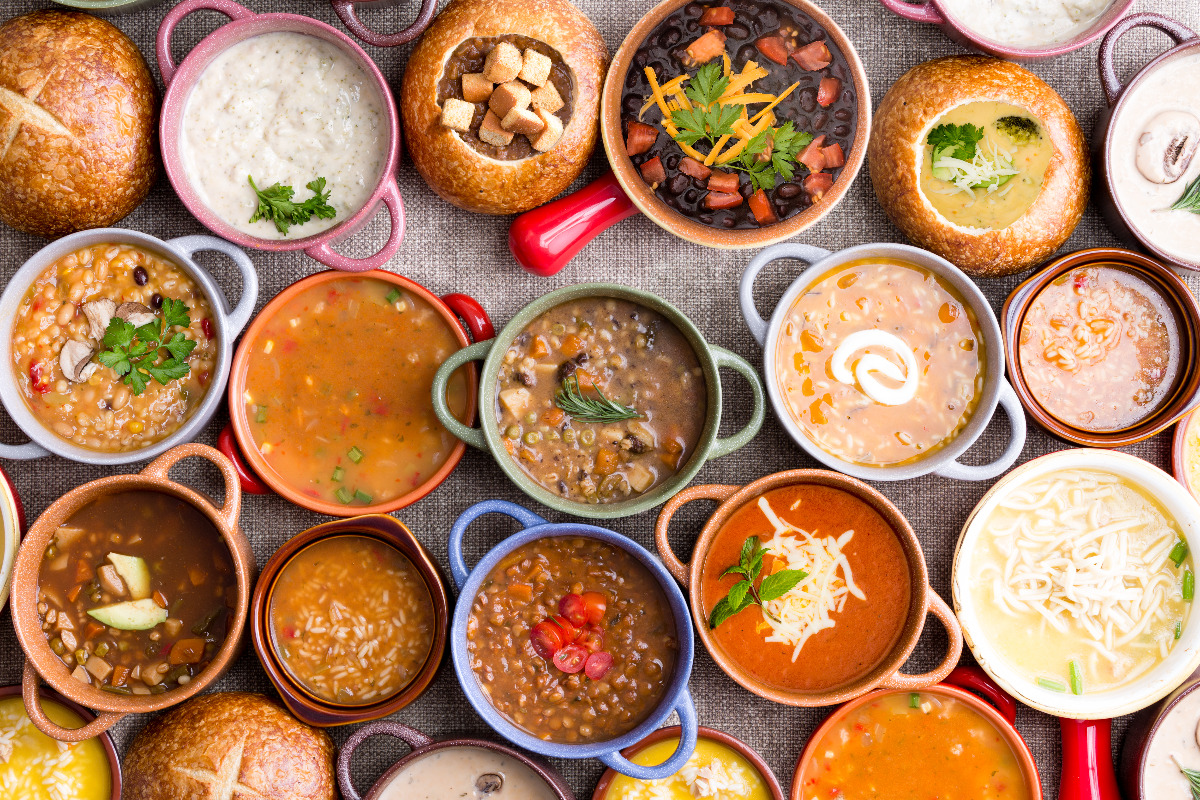
Contents
💡 Fun Facts About Soup
Soup Dates Back to 20,000 BC!
You’d be surprised to know that soup is one of the simplest and oldest dishes to be made. Archaeologists have found evidence of soup-making as far back as 20,000 BC in the Xianrendong Cave in China. These ancient civilizations boiled grains, meat, and vegetables to create early soup recipes. They used animal stomachs or hollowed-out gourds as makeshift pots.
The word ‘soup’
The word “soup” never started as so. Its roots are deeply embedded in Old Dutch, where the term “sop” referred to bread soaked in a liquid such as broth or wine. The concept traveled through different languages and cultures. In Middle English, the term became “soppe,” and then it evolved into “soupe” in Old French. Eventually, it made its way into English as the word we know today: “soup.”
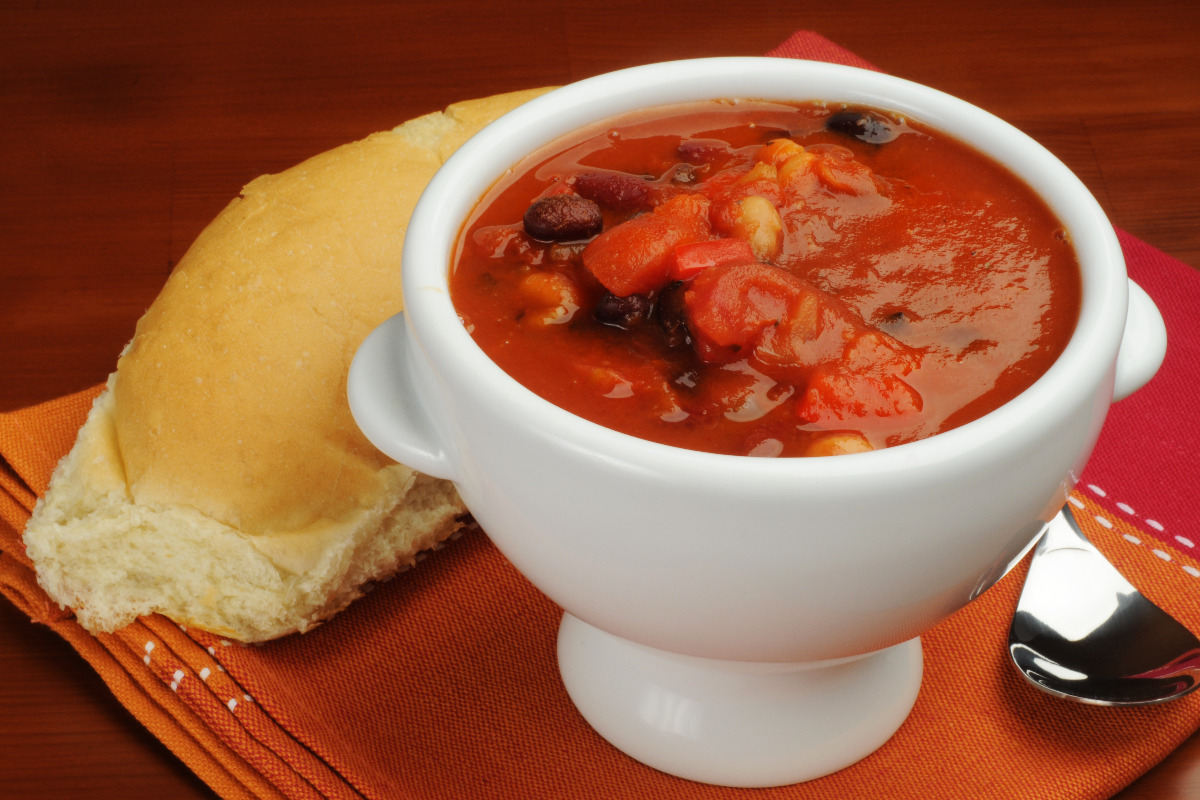
Borscht in Space
You probably have yet to learn this fact about soup, but you’ll be surprised to see how far this iconic Russian dish has traveled. The Russian space program found itself needing something nutritious yet also familiar to feed their cosmonauts. Borscht fits the bill, as it avoids unhealthy soup ingredients. This delicious dish is packed with rich vitamins and minerals, thanks to its primary ingredient, beets. In the 1970s, tubes of borscht were replaced with packages of rehydratable freeze-dried borscht.
Gumbo Cultural Influences
Gumbo of the world. This quintessentially American dish is a melting pot of influence, with the word itself likely coming from the West African term for okra, “ki ngombo.” A lot of cultures added to what we call today as gumbo. The French with their roux, the Spanish with their love for spicy and seasoned foods, the Africans with their okra and spices like cayenne pepper, and the Native Americans with their game meats, indigenous vegetables, and filé powder made from ground sassafras leaves.
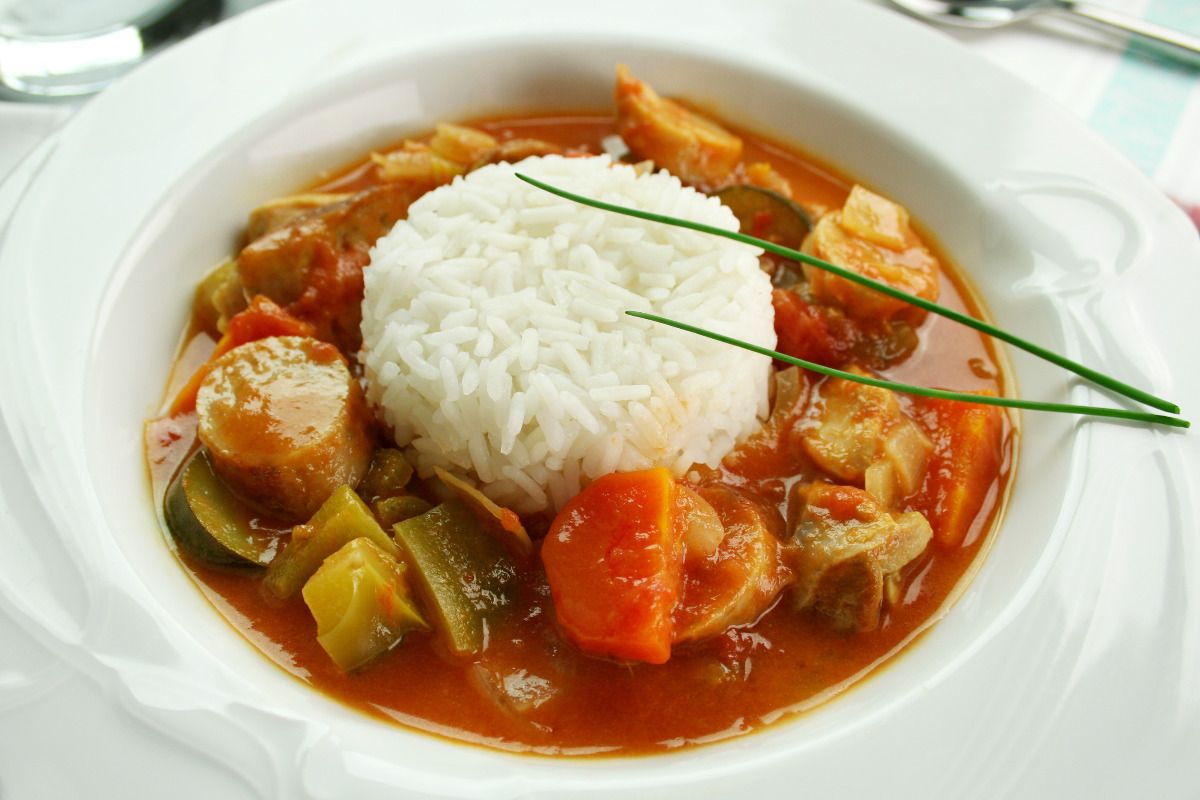
Victorian Mock Turtle Soup
This soup fact takes us to Victorian times. Mock Turtle Soup was the go-to dish back in the day. It became popular in the Victorian era as a cheaper alternative to green turtle soup. Green turtles were becoming endangered, and their high cost made green turtle soup a luxury for the rich. Well, this English dish mimicked that flavor and texture by using ingredients like calf’s head, brains, and other organ meats.
Gazpacho Festivals
A literal soup festival. Spain celebrates its iconic cold soup with a festival that takes place during the summer months. One of the most notable events is the “Festival del Gazpacho” in the town of Almería, located in the Andalusian region. This region is famous for its agricultural production of tomatoes, cucumbers, and peppers. The original gazpacho dates back to the 8th century during the Al-Andalus period. This is now the region of Andalusian.
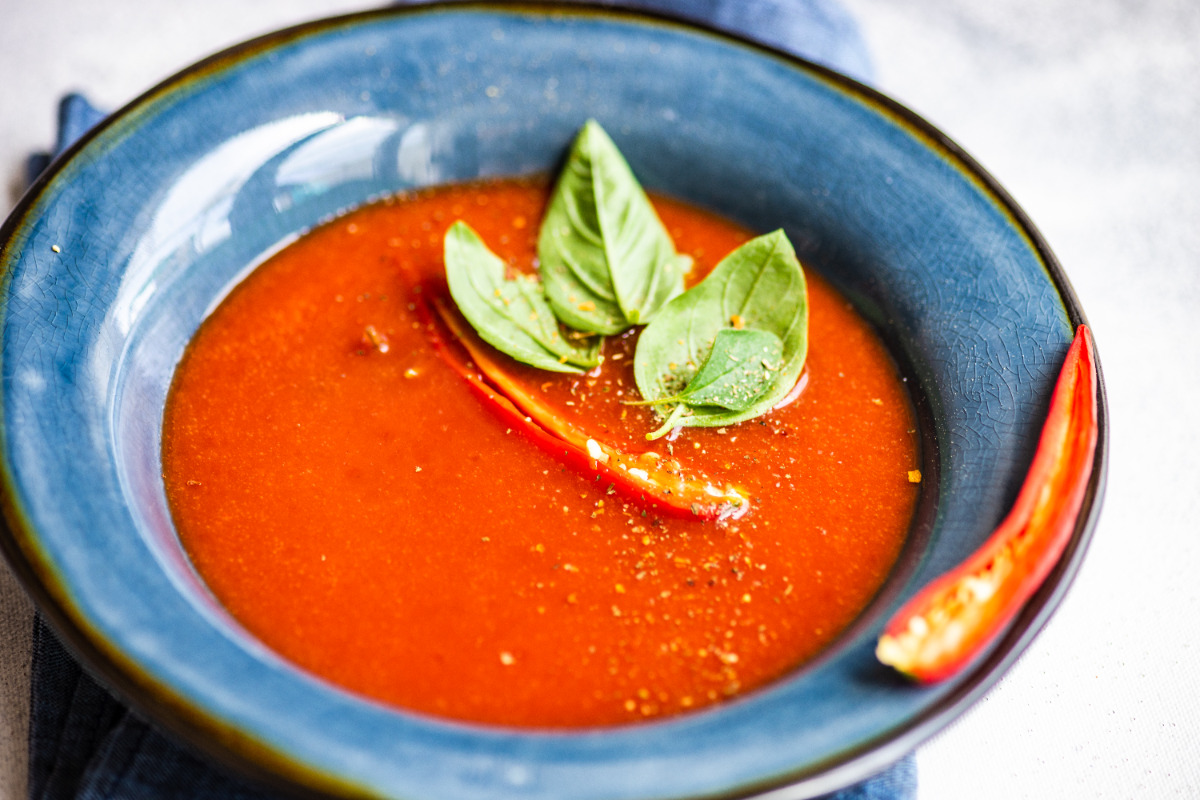
Ramens Popularity
Ramen is one of the tastiest dishes around, mainly because they use one of the best types of noodles for soup. But ramen’s rise in Japan is from the post-WWII period. After the war, the US provided cheap, accessible flour to help alleviate a food crisis. This influx of flour made it easier and cheaper to produce noodles. The invention of instant ramen in 1958 by Momofuku Ando also led to the rise of Ramen stalls or yatai.
French Onion Soup During Old Times
Here’s a soup fact about a classic you may not have known. French onion soup has roots that trace back to ancient times where various cultures, including the Romans, enjoyed simple onion-based broths. This set into motion the creation of something truly delicious. By the 18th century, it gained popularity among the French aristocracy, where caramelized onions were mixed with a rich beef broth. This was then paired with one of the best soup side dishes, a layer of melted cheese atop toasted bread.

Oldest Known Soup
This is one of the best facts about soup you need to know! Minestrone soupy roots go all the way back to Ancient Rome. The soup was referred to as a “poor man’s” soup and was typically made with leftover vegetables or seasonal vegetables and grains. As early as the 2nd century BC, when Rome conquered Italy, minestrone gained popularity and developed into many variations. Now, over 50 variations of minestrone are present in Italy.
🧐 FAQs
While the exact inventor of the first soup remains unknown, ancient civilizations were already making soup 20,000 years ago. Archaeologists have found traces of soup-making in pottery from East Asia.
The word ‘soup’ comes from the Old Dutch word ‘sop,’ which referred to a piece of bread soaked in liquid. Over time, the term evolved to describe the liquid broth itself.
Chicken noodle soup gained widespread popularity in America during the early 20th century. It was promoted as a health food during the cold and flu seasons, helping to cement its place in American cuisine.
